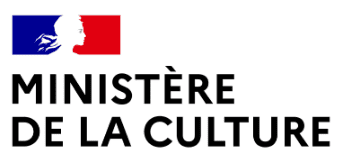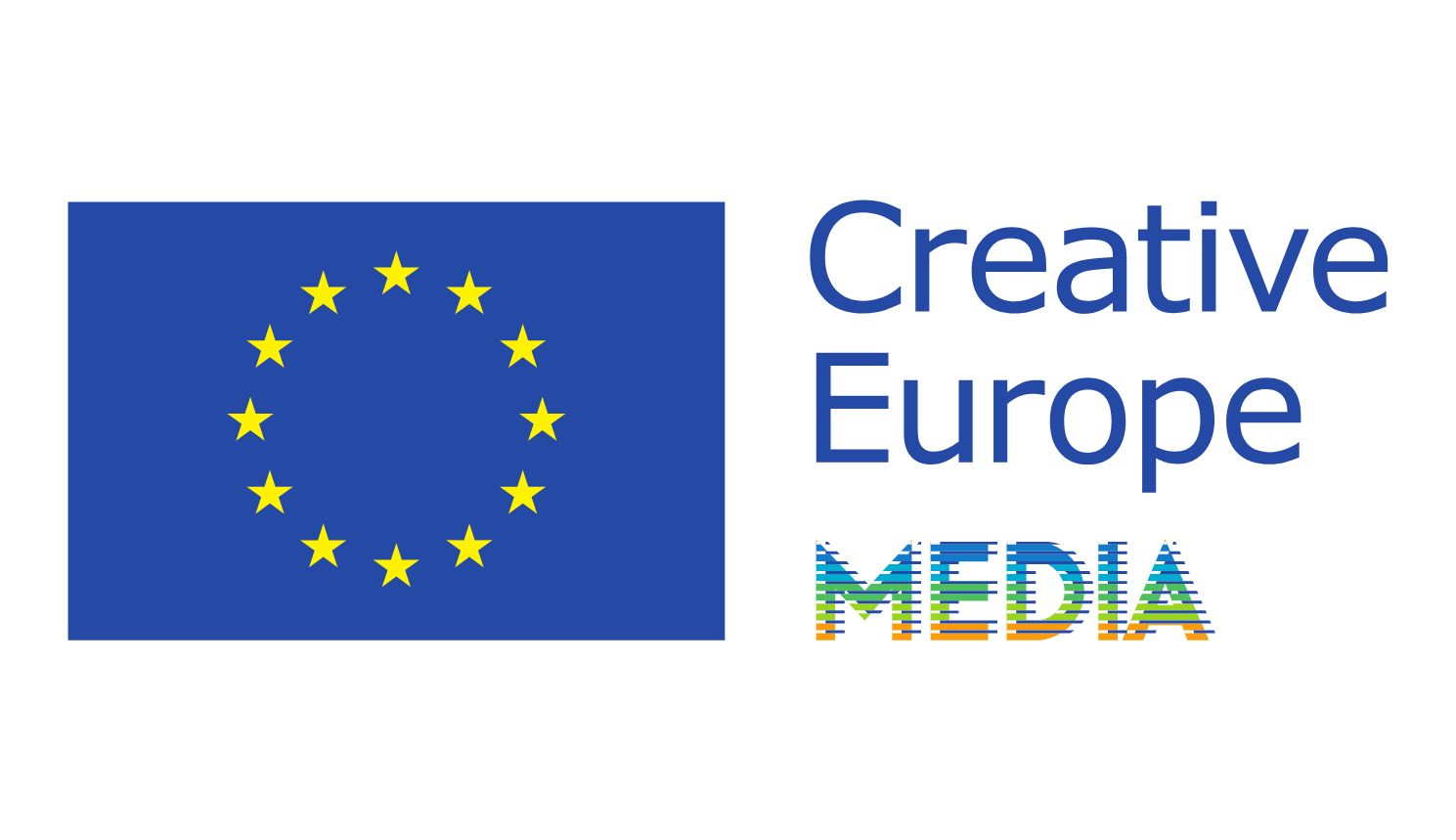Planned as a four-part series (A path to Cairo being the second episode),
Wael Shawky’s project is both strikingly beautiful and curious, starting with
what inspired the whole thing: The Crusades through Arab Eyes by Amin
Maalouf (1983). Reversing perspectives, this essay highlights the extent of
power struggle as conflicts of interest divide both camps: betrayals and
assassinations spread far and wide without ever intersecting with issues
regarding respective religions.
Shawky has managed to turn this vast web of intrigue into a Brechtian
“distanced” story. First come the puppets, a hundred and twenty of them,
made of finely worked handcrafted ceramics following the Santons of
Provence technique (and filmed in a church in Aubagne!), representing
historical figures filmed according to a cinematic shot breakdown. This mini-
‘big production’ thus pays tribute to a popular tradition which brings out
medieval epic tales to counter pompous heroism and stress the decisive
turning point our fates have been brought to. Then comes the chronicle’s
structure organised into various ‘acts’ echoing either a cabaret revue when
featuring singing parts or a Grand Guignol performance when showing
horrendous murders (The Horror Show File was the subtitle for the first part).
In this chapter, the action spans 46 years, from the end of the first Crusade
in 1099 to the start of the second one, fostered by permanent concern with
questioning our representation of History while joining past and present
together. (JPR)
- International Competition
-
 International Competition
International Competition
CABARET CRUSADES: THE PATH TO CAIRO
Wael SHAWKY
-
 International Competition
International Competition
Technical sheet
FRANCE
2012
Couleur
HD
59’
Version originale
Arabe
Sous-titres
Anglais
Image
Fabrizio La Palombara
Montage
Claudio Cavallari
Son
Olivier Blin & Pierre Demange
Musique
Hassan Hujiri & Pierre Demange
Production et distribution
ALCIME – Festival International du Film d’Aubagne
Filmographie
THE HORROR SHOW FILE, 2011
OEuvre réalisée dans le cadre des Ateliers de l’EuroMéditerranée – Marseille-Provence 2013 au sein de l’ADEF – École de Céramique de Provence & par SATIS/ASTRAM Lab – Faculté des Sciences Aix-Marseille Université.
- Autres films / International Competition






